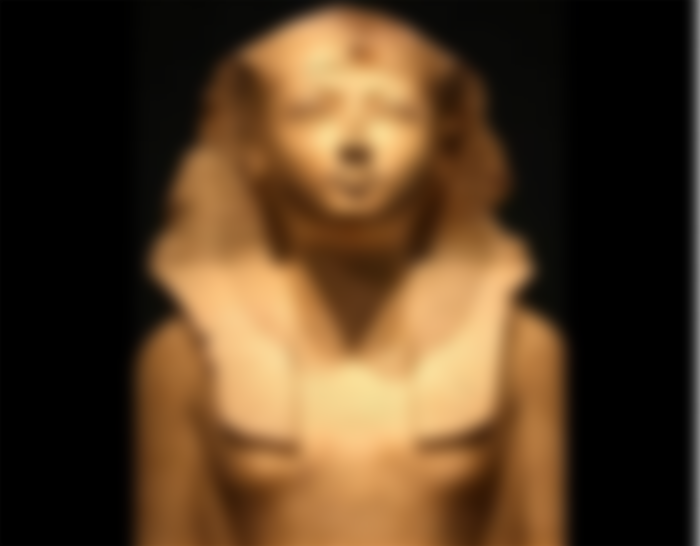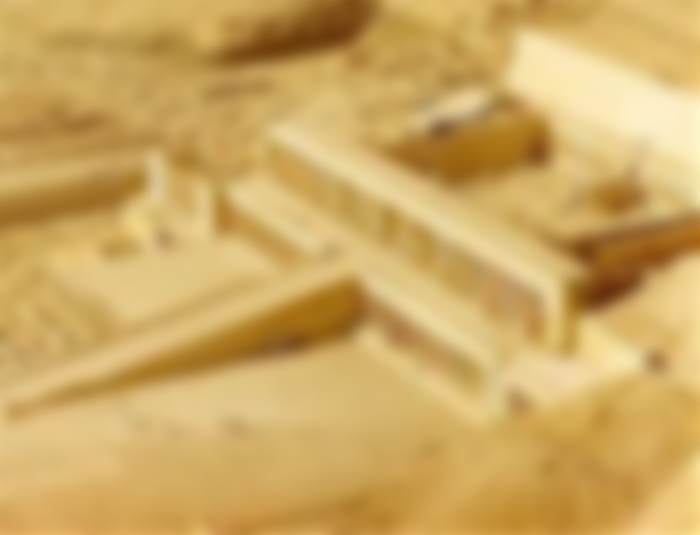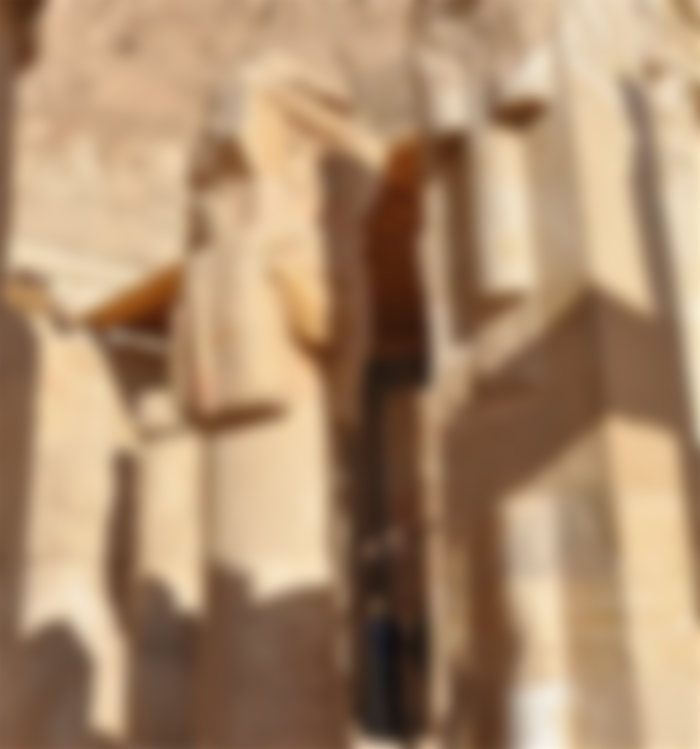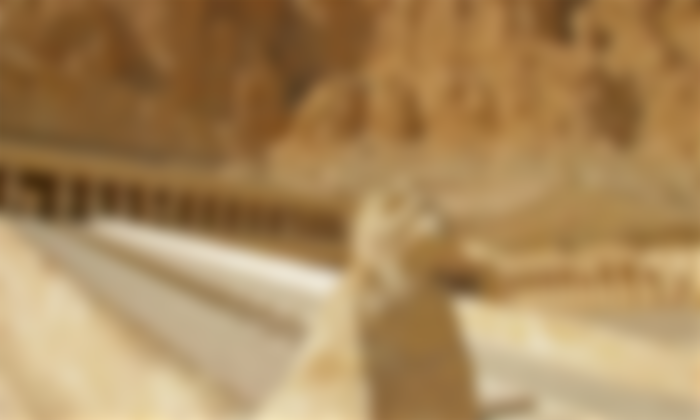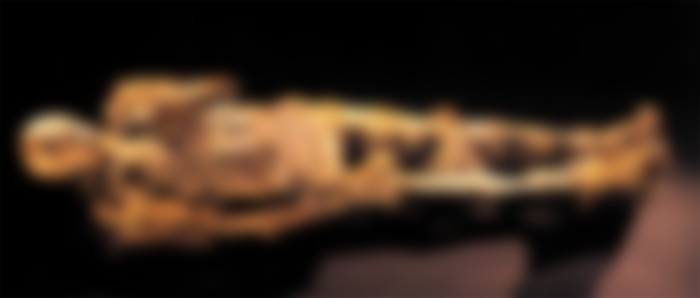The iron lady of her day ruled Egypt in such a way that this pearl of the Nile experienced a comprehensive flowering. The first woman to have the honor of bearing the title of Pharaoh. She was crowned and honored as king, not as queen, and was given all five traditional names worn by pharaohs. This was a precedent, because no woman after her succeeded. In many ways, especially, strong and wise, Hatshepsut, the king's wife.
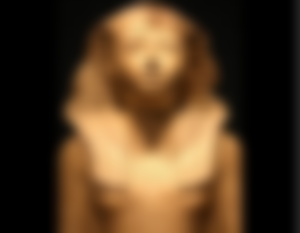
Although, according to legend, the Egyptian gods forbade women to wear the title of pharaoh, Hatshepsut, determined and strong as she was in 1437 BC, crowned herself, and her name, which in translation meant - the noblest of all women -. , changed to masculine, Hatsheps.

Queen Hatshepsut is certainly one of the most controversial rulers of ancient Egypt and most likely along with Cleopatra one of the most famous Egyptian queens. In every review of Egyptian history it is an indispensable subject. It is considered one of the most successful Egyptian pharaohs, but in the years after its reign, rulers tried to eliminate it from history. Archaeologists believe they have found rare relics that may present more evidence of his reign.
Queen Hatshepsut's construction projects

As a leader, Hatshepsut engaged in construction that surpassed those of her predecessors.
The queen paid you the most attention. The Karnak temple was built under her supervision, while the works were supervised by various officials, including Hapuseneb, Jehuti, Puyumra and, of course, Senenmut. In Karnak, Hatshepsut built a new southern pillar, the so-called Eighth Pillar. However, evidence of the construction of Hatshepsut's pillar is invisible today, as the face of the pillar was scraped and rebuilt in the early reign of Amenhotep II (1427-1400 BC), son of Thutmose III.
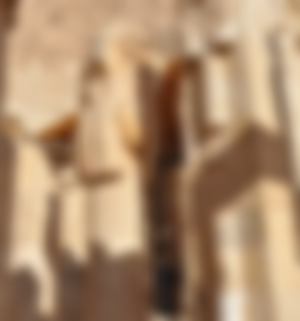
Queen Hatshepsut also erected four obelisks near the Temple of Amun at Karnak, two of which have completely disappeared. Of the rest of the pair, the northern one is still in its original place, while the other collapsed. The obelisk is 30 meters high and today is the tallest standing obelisk in Egypt. The inscription on the obelisk is a text of thirty-two lines that runs around the base, starting from the south. In the inscription, the queen emphasizes certain points: her devotion to her divine father Ammon and her earthly father Thutmose I.
External politics
Queen Hatshepsut's reign for Egypt was a fairly prosperous period. The monuments he built are characterized by exceptional simplicity and design elegance. As already mentioned, no major military operations were undertaken during his reign in Egypt, but he focused more on art, ie construction and commercial expeditions.
The tomb of Queen Hatshepsut
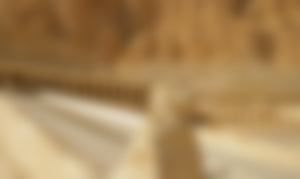
Probably the most famous building, the legacy of Queen Hatshepsut today, is certainly the funerary temple of Deir el-Bahri.
Hatshepsut dug his grave in the Valley of the Kings. The tomb of KV 20 seems to have been an older tomb in the valley, and Hatshepsut enlarged and adapted it for her sarcophagus and another that she originally carved for herself adapted for her father Thutmose I. Most likely they both lay together for for a time, however, Thutmose III. he later moved the body of Thutmose I to the tomb KV 38, which had been built for a similar purpose.

The queen's mummy was found in the tomb of KV 60 in 1903, and in June 2007, after lengthy research and CT analysis of the molars and forensic analysis of the remains, Dr. Zahi Hawas reported that she was the mummy of Queen Hatshepsut.
